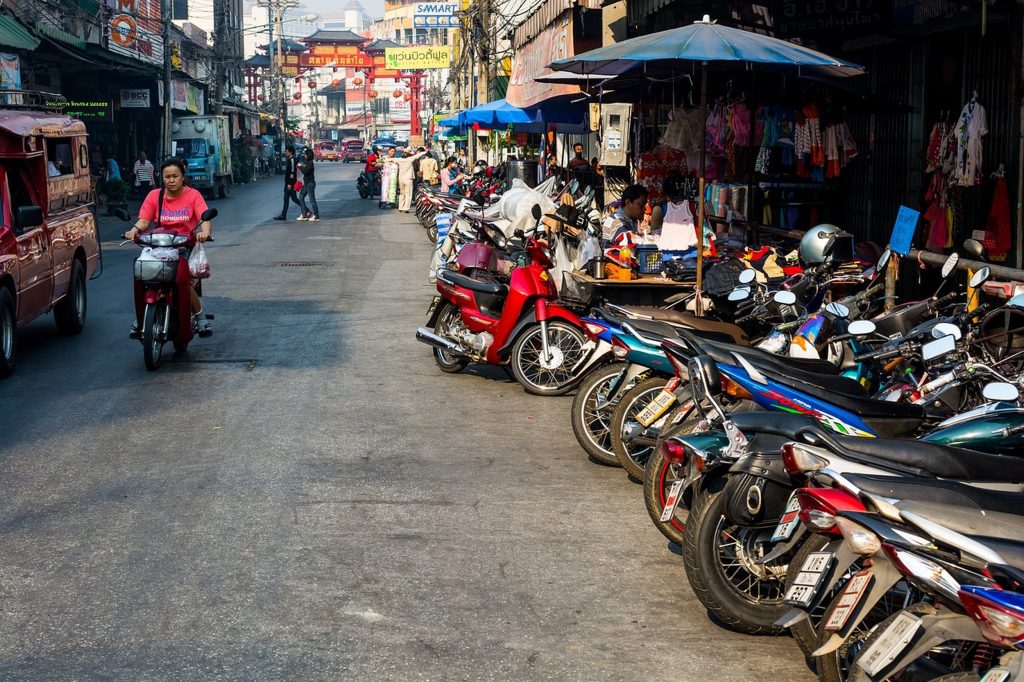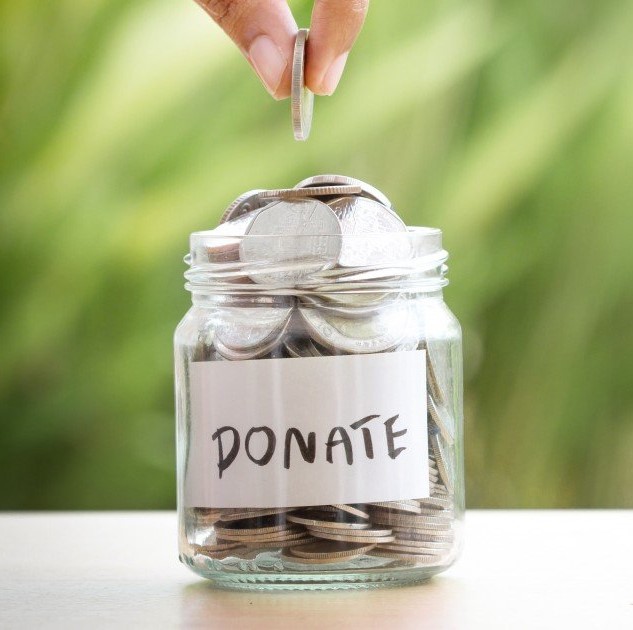Society

Preserving cultural heritage
Chiang Mai is rich in history and cultural heritage, which is not static but dynamically links its past, present, and future. This heritage includes elements from the past that hold significant value today and are worth passing to future generations. Chiang Mai’s northern Thai – Lanna and Indigenous cultural roots, architecture, textiles, arts, and beliefs make the city unique and livable.
UNESCO’s guidelines for cultural World Heritage status emphasize that a city must meet the conditions of “integrity and/or authenticity” and have a system for adequate protection and management. While much of Chiang Mai’s pre-1800s built heritage is no longer visible, the city’s original layout remains, along with many important historical and cultural sites. Additionally, the living cultural heritage, which is embedded in daily life, faces challenges from globalization, economic development, and changing social norms. Therefore, the people of Chiang Mai, the business community, and local government must work together to sustain the city’s unique and dynamic cultural heritage, linking the past to the present and the present to the future. Urban policies should be participatory and integrative, with adequate investments to safeguard and promote cultural infrastructures and sites, museums, indigenous cultures and languages, traditional knowledge, and the arts. These efforts can help rehabilitate and revitalize the city, strengthening social participation and citizenship.
Preserving Chiang Mai’s cultural heritage is crucial for the city’s sustainable economic development. Tangible cultural heritage (e.g., sites, buildings, temples) and intangible cultural expressions (e.g., crafts, festivals, traditions) attract tourism and investment, providing new sources of income and employment. These efforts also synergize with other cultural and creative sectors, leading to the development of new products and services. Additionally, Chiang Mai’s cultural heritage enhances the city’s livability, making it an enjoyable place to reside.

Recognizing diversity for integration
Cities across Asia are experiencing dynamic population shifts and immigration flows, driven by improved human mobility, tourism, international education, and globalization. Chiang Mai, along with cities like Shanghai, Hong Kong, and Bangkok, has witnessed this trend to varying degrees. The influx of diverse populations presents opportunities for cultural enrichment, economic growth, and innovation. Cities that embrace diversity can become more vibrant culturally and economically, attracting investment, fostering creativity, and enhancing the overall quality of life for residents.
Chiang Mai stands to benefit from recognizing the role diverse populations play in enhancing its regional and international profile. By welcoming immigrants and fostering integration, the city can address skills deficits, attract investment, and improve relations with new markets. Embracing diversity can also cultivate a more inclusive and enriched social environment, contributing to the city’s overall prosperity and well-being. Cities that actively encourage immigration and promote the coexistence of diverse communities are often referred to as “open cities,” where openness is considered a key asset for thriving urban centers.
Chiang Mai has the opportunity to become a socially diverse and open city, attracting talented individuals who seek to integrate into Thai society and contribute to the city’s growth and development. By fostering inclusivity and embracing cultural diversity, Chiang Mai can create a more balanced and vibrant community that benefits all residents. Civic and political leadership should recognize the value of diversity and work to build structural elements that support a multicultural social environment. Through these efforts, Chiang Mai can thrive economically, socially, and environmentally, enriching the lives of its residents and ensuring long-term sustainability.

Taking public safety and security seriously
Public safety and personal security are paramount for urban sustainability in Chiang Mai. This includes safe pavements, protection from crime and ensuring road safety. Addressing these aspects enhances the overall wellbeing of residents and tourists, fostering a sense of security and trust among the community. Non-violent crimes such as fraud and pick-pocketing, though relatively low, can still impact public perception and hinder community participation. Chiang Mai faces significant challenges concerning road safety, with high rates of traffic-related incidents and fatalities. Factors such as failure to wear helmets and seat belts, speeding, and drunk driving contribute to these alarming statistics. Despite existing laws, effective enforcement and public education remain key areas for improvement.
To address public safety issues, comprehensive awareness initiatives directed at the community are essential. This includes promoting awareness of traffic laws and safe driving practices. Moreover, consistent enforcement of regulations by traffic police is crucial to deter risky behaviors and ensure compliance with road safety measures.

Addressing poverty and inequality
The intersection of poverty and inequality is a critical aspect of urban sustainability in Chiang Mai. It reflects imbalanced development and disparities in access to essential services and infrastructure among different segments of the population, particularly those living in informal settlements or slums. Urban inequality stems from discrepancies in social and economic factors, leading to disparities in well-being and opportunities. The lack of access to basic services such as safe housing, healthcare, education, and sanitation perpetuates cycles of poverty and hampers overall societal development.
Chiang Mai exhibits a high level of spatial inequality, with numerous informal slum communities lacking access to essential services and infrastructure. While efforts have been made by local NGOs and community development committees to address these issues, enduring neighborhood inequality remains a significant challenge. Effective governance processes and policy responses are essential to drive sustainable development initiatives that prioritize the needs of marginalized communities and promote equitable access to resources and opportunities.
By fostering dialogue, cooperation, and inclusive decision-making processes between municipal authorities, community organizations, and civil society, stakeholders can work together to implement sustainable development strategies that uplift underserved communities and create more equitable urban environments. Investing in the well-being and empowerment of marginalized populations is not only a moral imperative but also a strategic approach to building a thriving and equitable city for all residents.
